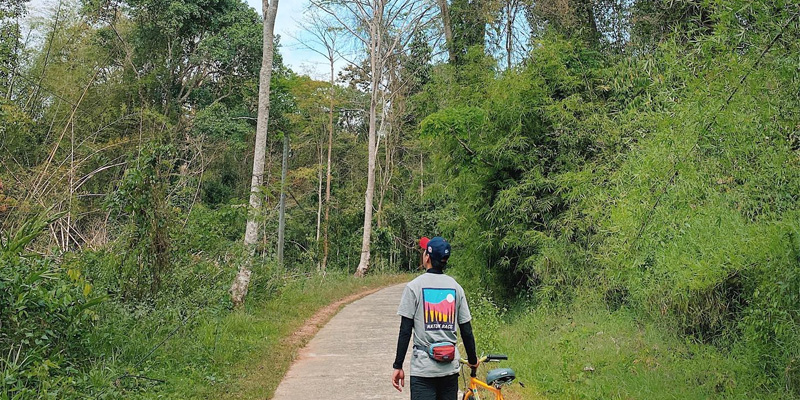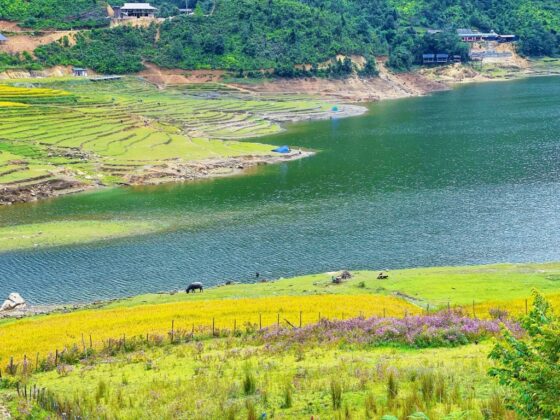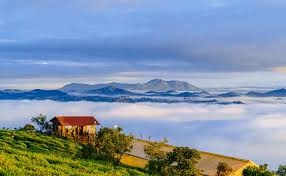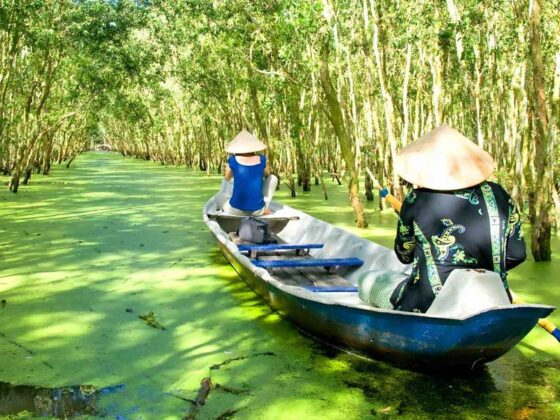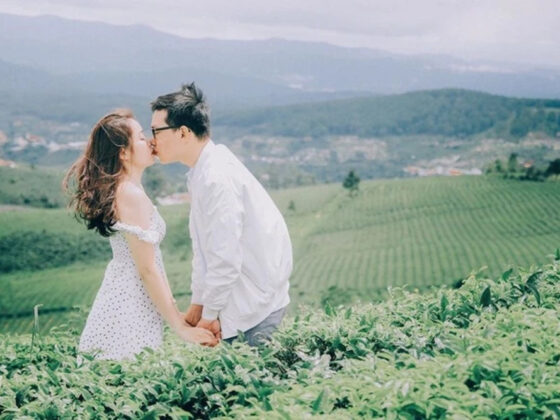Table of Contents Show
✍️ AI is summarizing:
In a world ruled by calendars, pinned maps, and colour-coded itineraries, the idea of getting lost might sound like a nightmare. We’re taught to fear uncertainty and to always know exactly where we’re going. But out in nature, embracing the joy of getting lost can actually be the very thing that brings us back to ourselves.
Read more interesting posts here:
- Strong, Soft, and Solo: A Guide to Empowering Trips for Women in Vietnam
- A Hiker’s Guide: The 10 Best National Parks in Vietnam
- You Belong Outside: A Gentle Guide to Hiking for Beginners
A personal story about the joy of getting lost
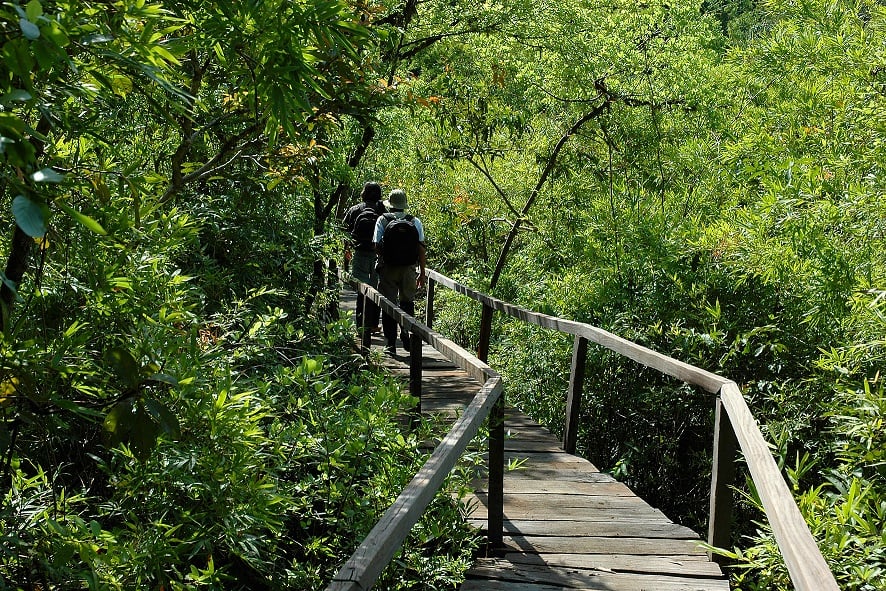
A few weekends ago, I headed out for a short hike near my usual spot just in the afternoon to get some air. I opened the ExoTrails, but instead of searching for a “top-rated” trail, I tapped into nearby paths and picked one I’d never even heard of. No reviews, no saved waypoints, just a winding line cutting through a patch of green.
What followed wasn’t just a walk in the woods, it was a quiet rediscovery of the joy of getting lost.
How the joy of getting lost leads to new discoveries
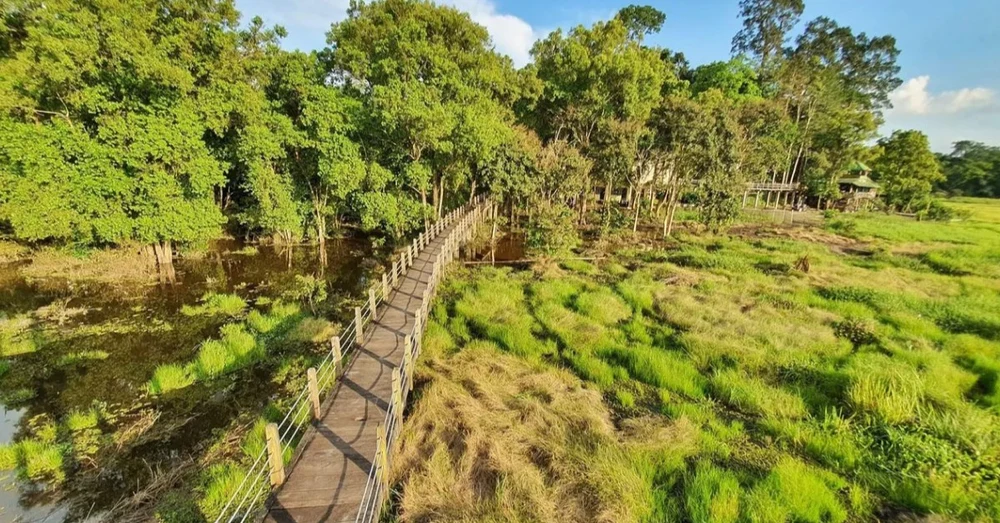
As I meandered past tree roots and scattered wildflowers, I realized I wasn’t checking my watch every 10 minutes. There was no pace to maintain, no peak to reach by a certain hour. I stopped when something caught my eye, a family of butterflies, a trail of curious mushrooms, a glimpse of sky through the trees, and walked when I felt like it. At one point, the trail forked unexpectedly. Left or right? I picked right, no reason other than instinct. That was the joy of getting lost.
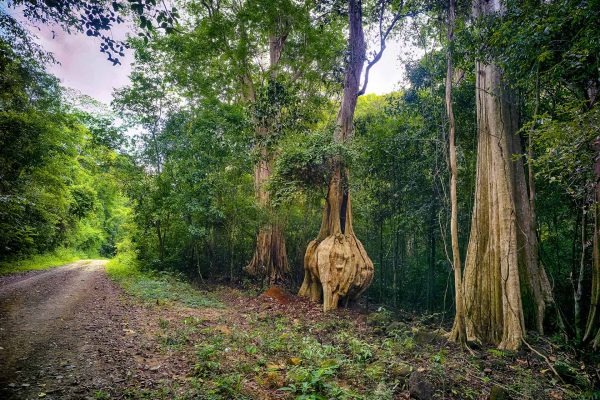
That one choice led me to a hidden stream I’d never seen before. The sun filtered down through the leaves and danced on the water’s surface like something out of a painting. I sat down, took off my shoes, and dipped my feet into the icy water. There was no one else around. Just birdsong, the rustle of leaves, and my own quiet breath.
There’s a word for this kind of presence: wonder. It’s what happens when we stop managing nature like a task list and start experiencing it like an old friend.
How technology can safely support the joy of getting lost
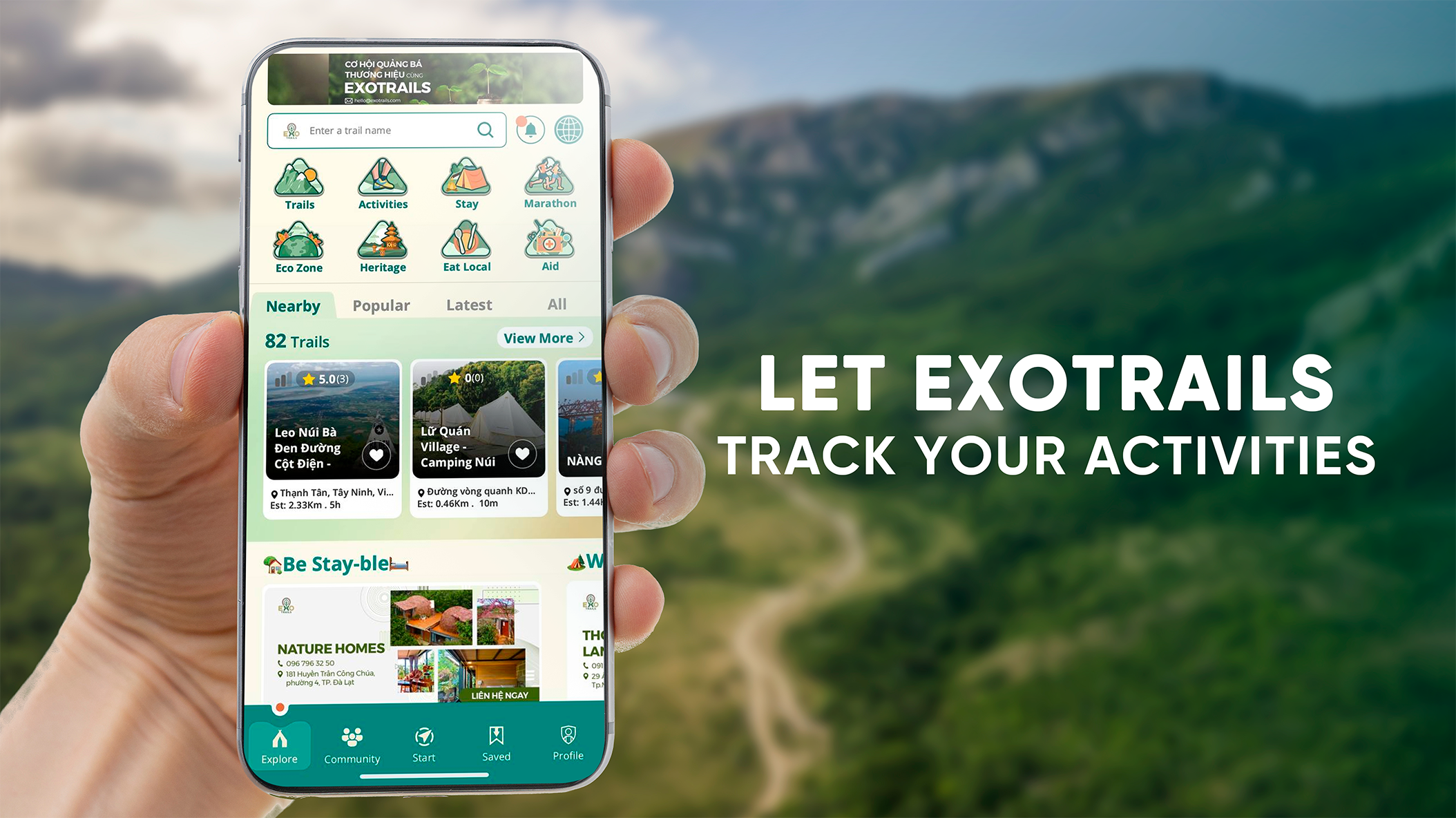
Now don’t get me wrong, getting wildly lost in unfamiliar terrain without a map is never the goal. That’s where a tool like the ExoTrails comes in handy, providing the safety net that makes the joy of getting lost feel liberating, not reckless. It helped me track my route, retrace my steps when needed, and discover new trails I’d never have found on my own. It’s the kind of safety net that encourages exploration rather than limiting it.
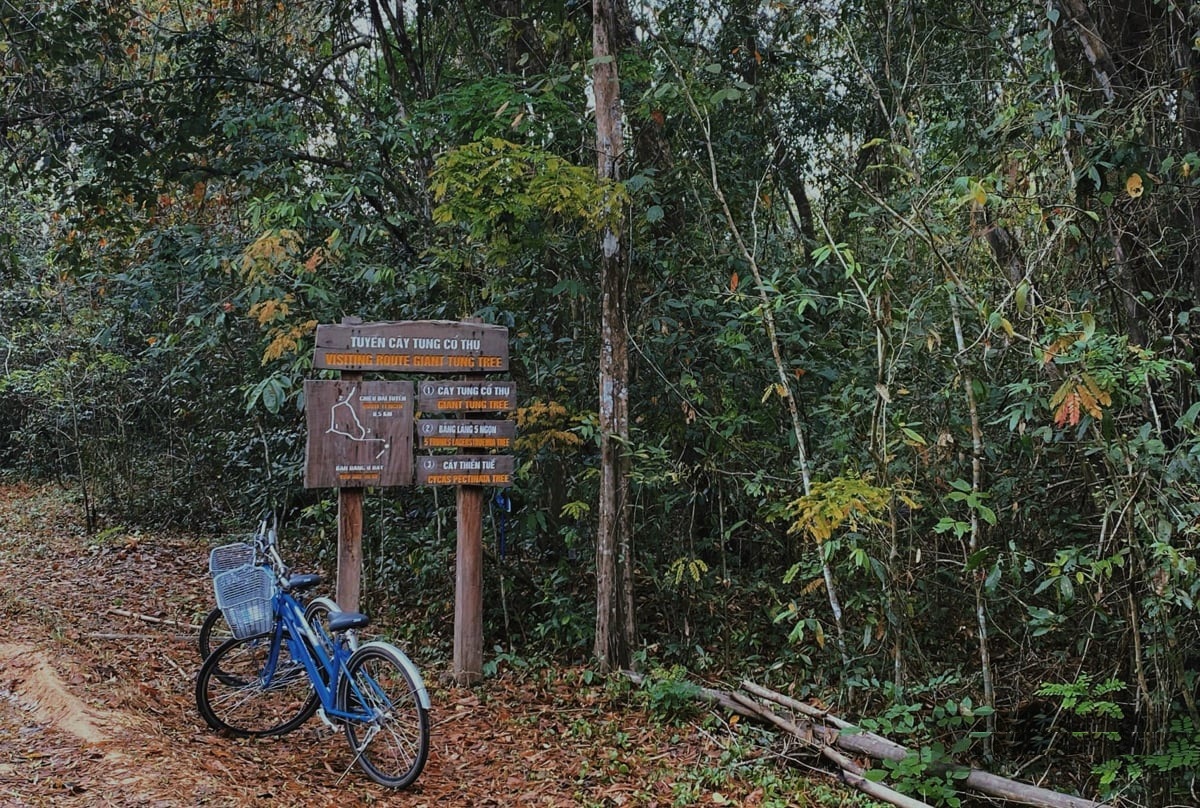
Since that day, I’ve made a habit of not always choosing the “most popular” trail. Sometimes I just follow where the path leads, even if it’s not fully mapped, reviewed, or trending. The irony is, the less I try to control the journey, the more rewarding it becomes. This is the joy of getting lost.
So here’s a little nudge: next time you’re out on the trail, leave the checklist behind. Don’t aim for the summit, the perfect photo spot, or the fastest route. Let curiosity guide you. Let the unknown unfold. Because sometimes, getting a little lost is the best way to truly find what you came for.
Conclusion
The greatest adventures aren’t always found on the map; they’re discovered in the moments we allow ourselves to wander without a rigid destination. The joy of getting lost isn’t about losing your way, but about finding a new one, a path defined by curiosity, presence, and the wonder of the unexpected. It’s in these unplanned detours that we often find the very thing we were looking for all along.
Inspired to find your own path? Join our community of explorers in the ExoTrails Facebook Group and follow the ExoTrails Fanpage for daily inspiration and trail tips!
FAQs
Is it good to get lost sometimes?
Yes, in a safe and controlled way, getting lost can break routine, boost creativity, and help you discover new things about a place and yourself.
What are the psychological benefits of wandering?
Wandering can reduce stress by lowering goal-oriented pressure, increase mindfulness by focusing on your surroundings, and foster a greater sense of presence.
How can I have a more spontaneous adventure?
Pick a general area but not a specific trail, allow for unplanned detours, and say “yes” to unexpected opportunities or paths that look interesting.
How do you explore a new place without a plan?
Start by walking in a direction that feels right, pay attention to what catches your eye, and use a tool like an offline map for safety.
How can I be more present and less goal-oriented on a hike?
Focus on your senses instead of mileage, leave your watch at home, and allow yourself to stop whenever you feel like it without feeling guilty.

